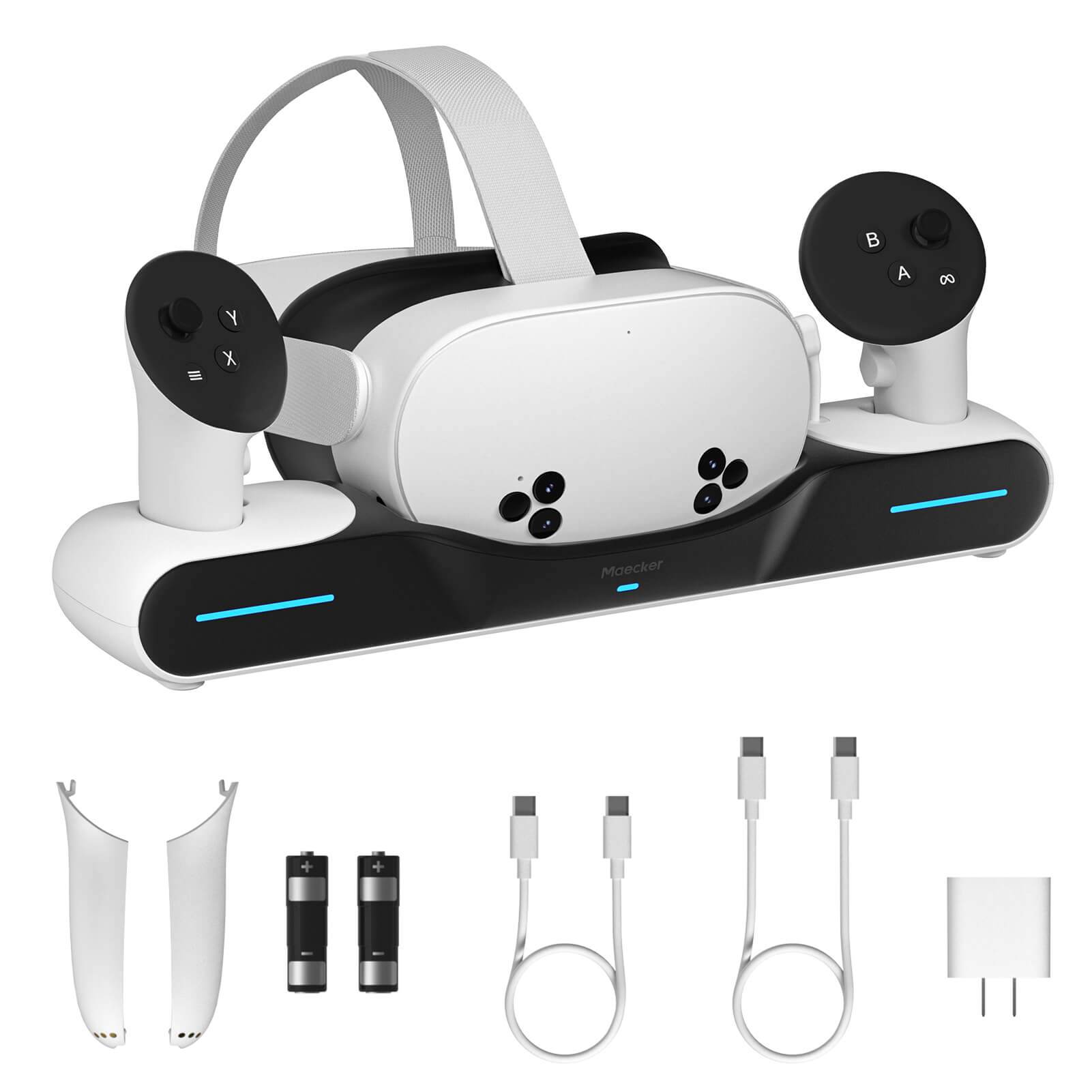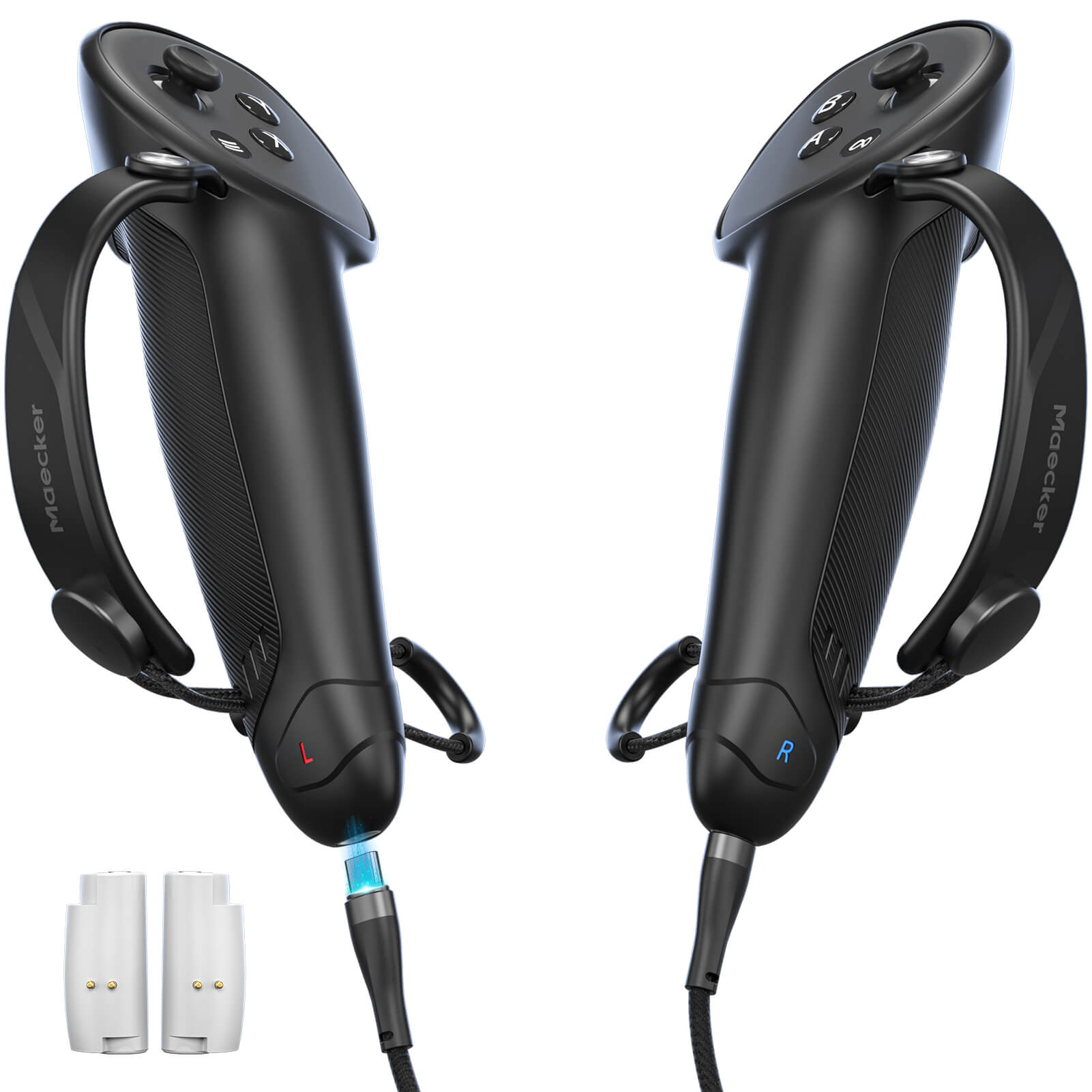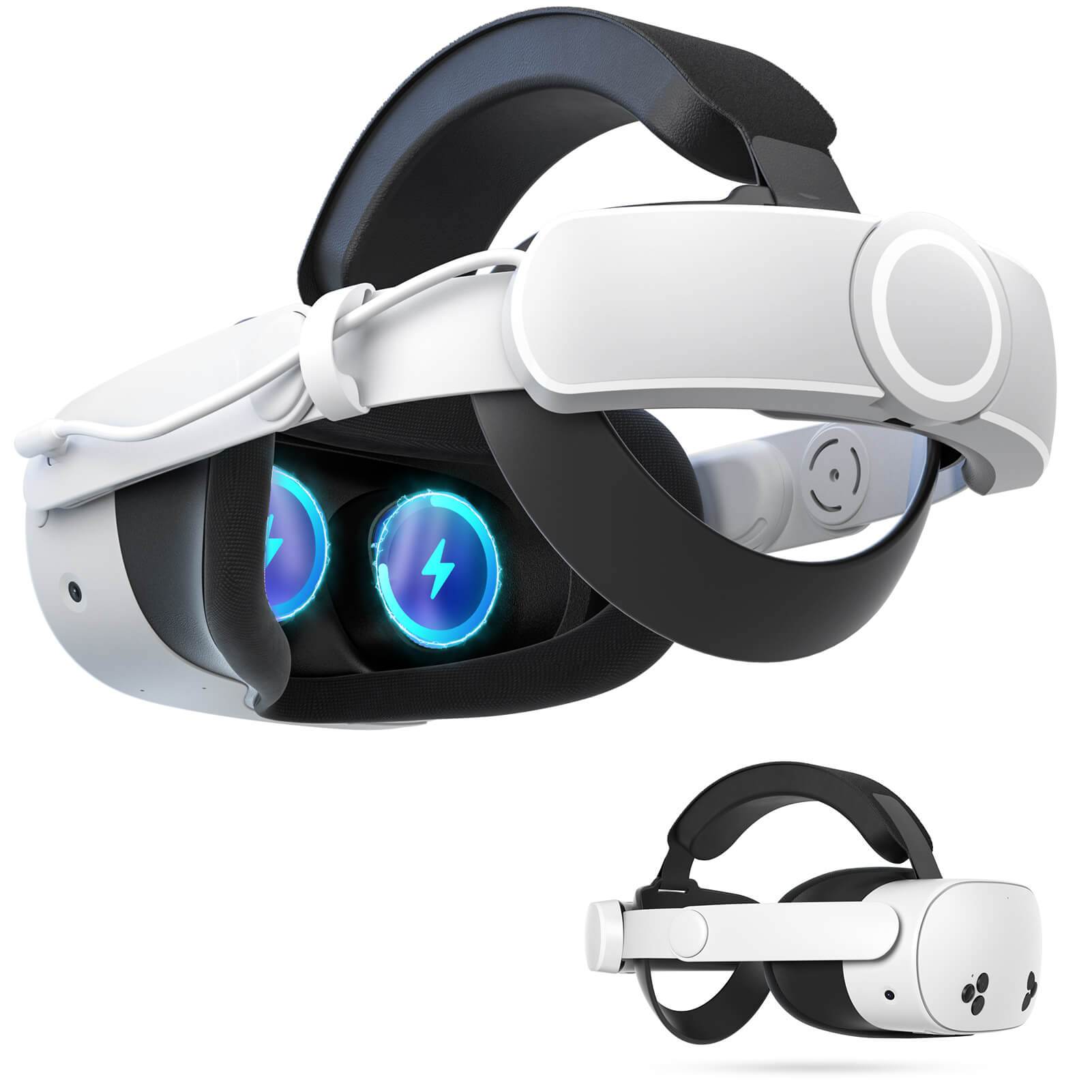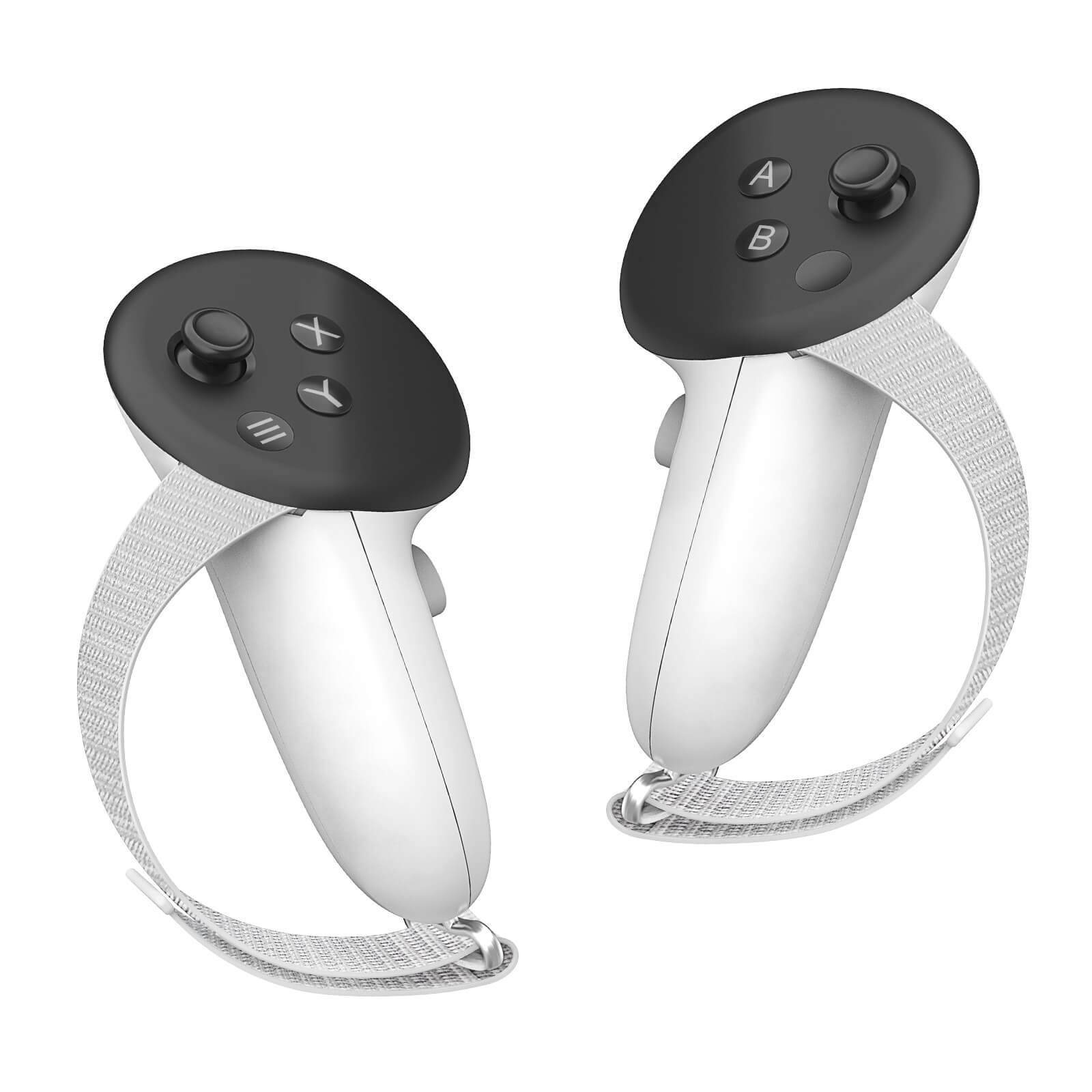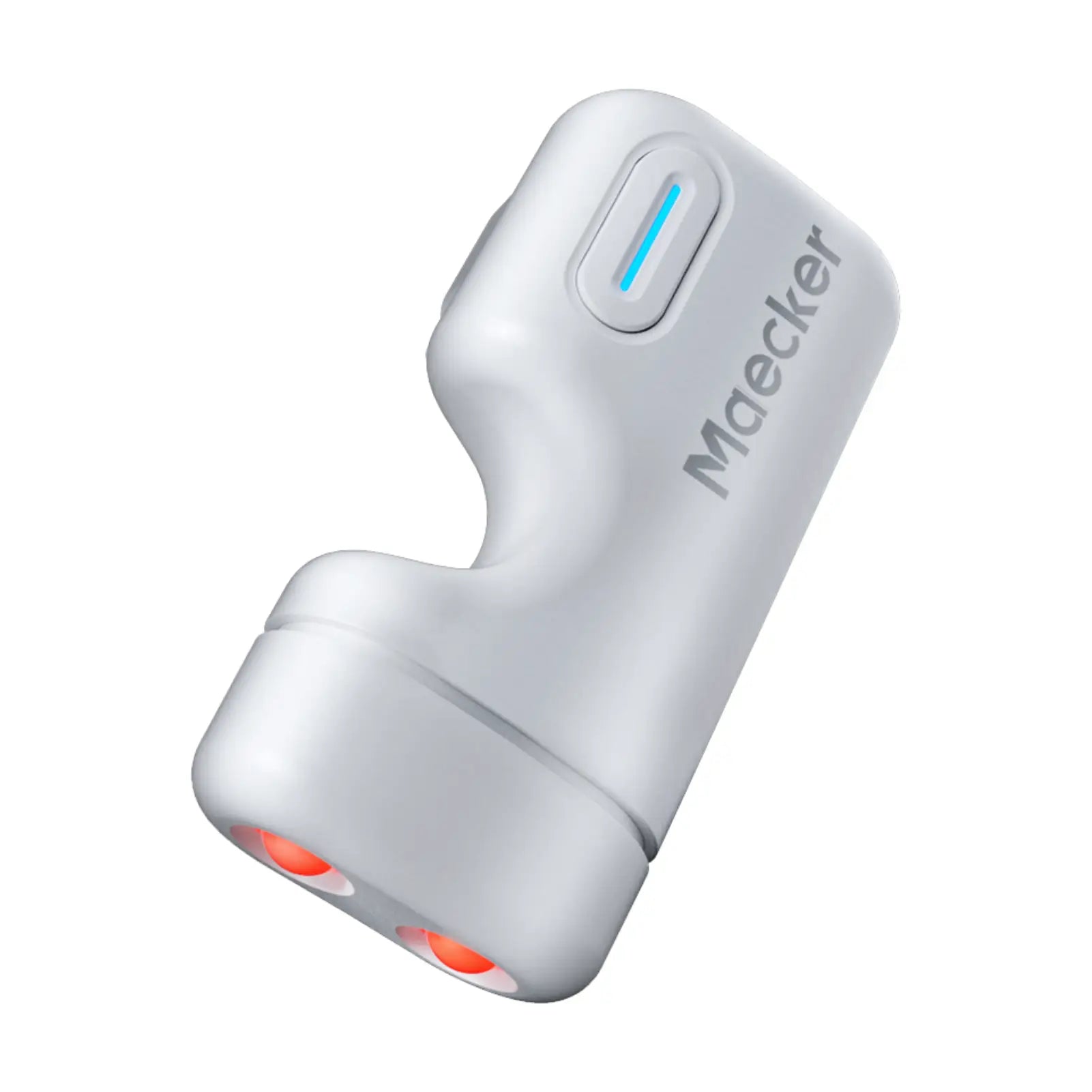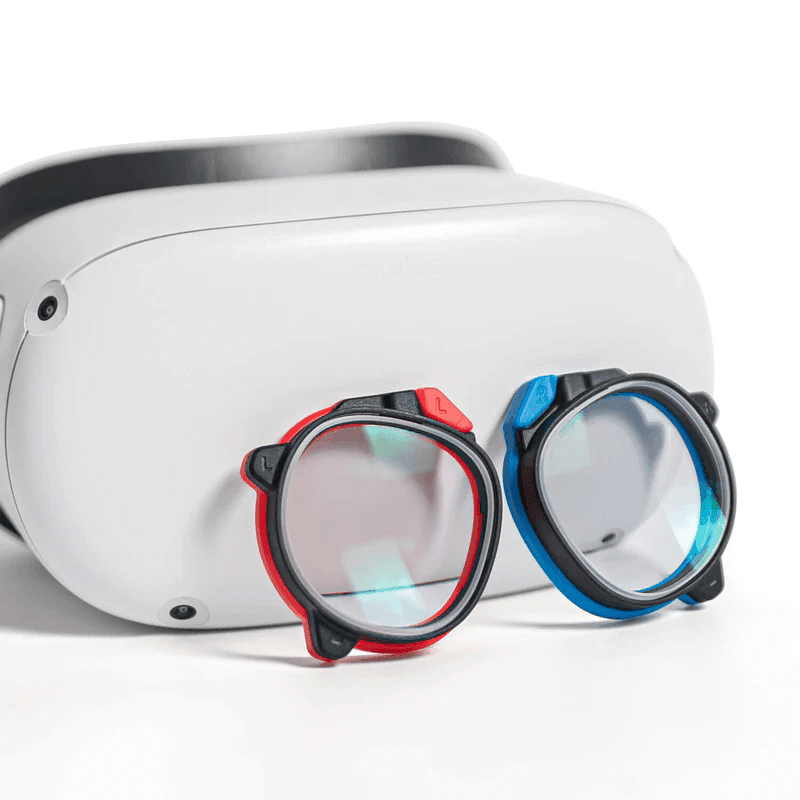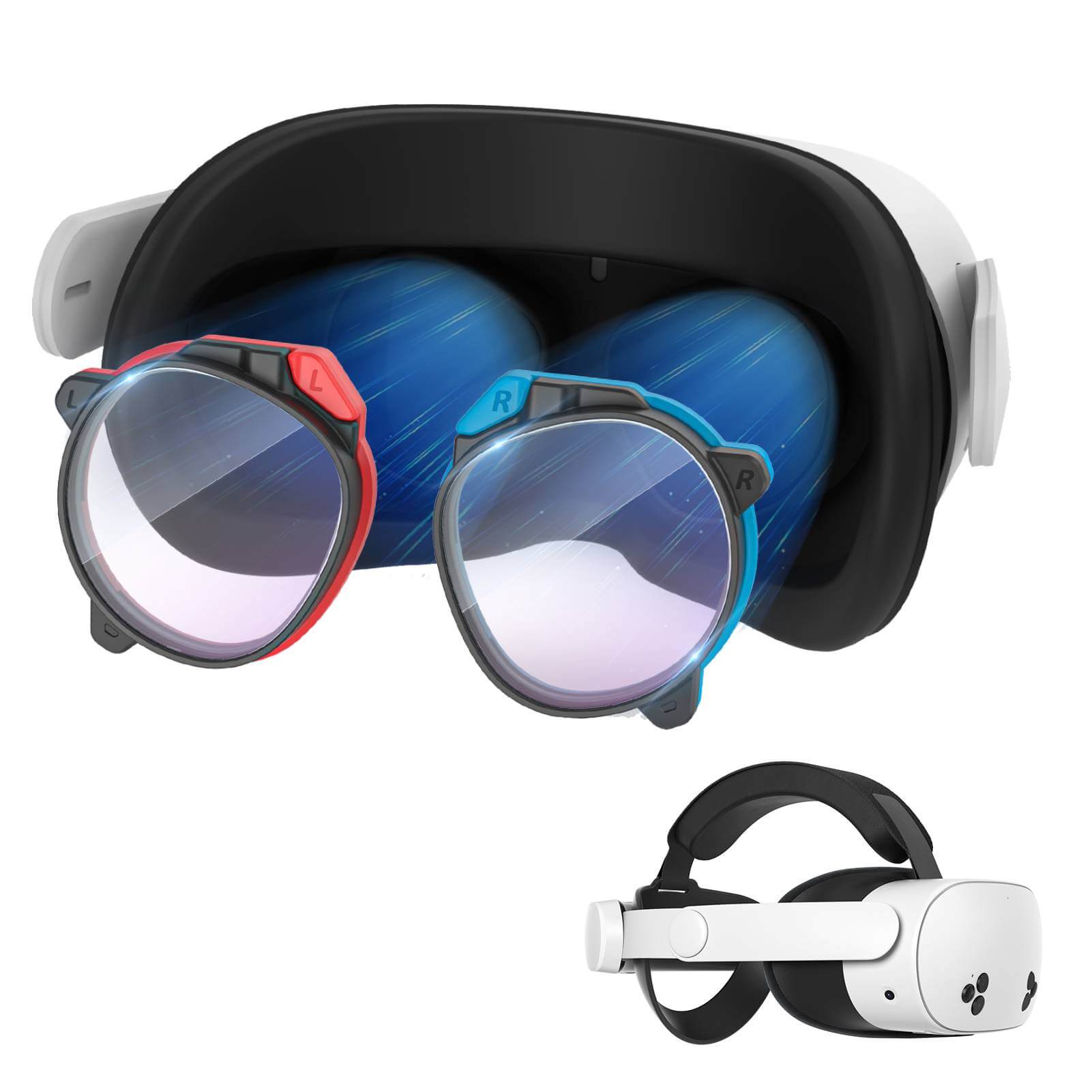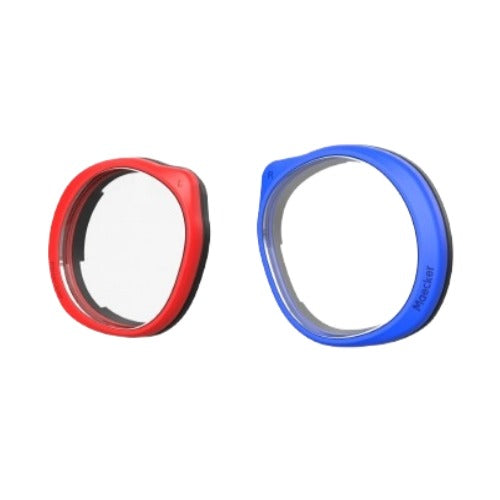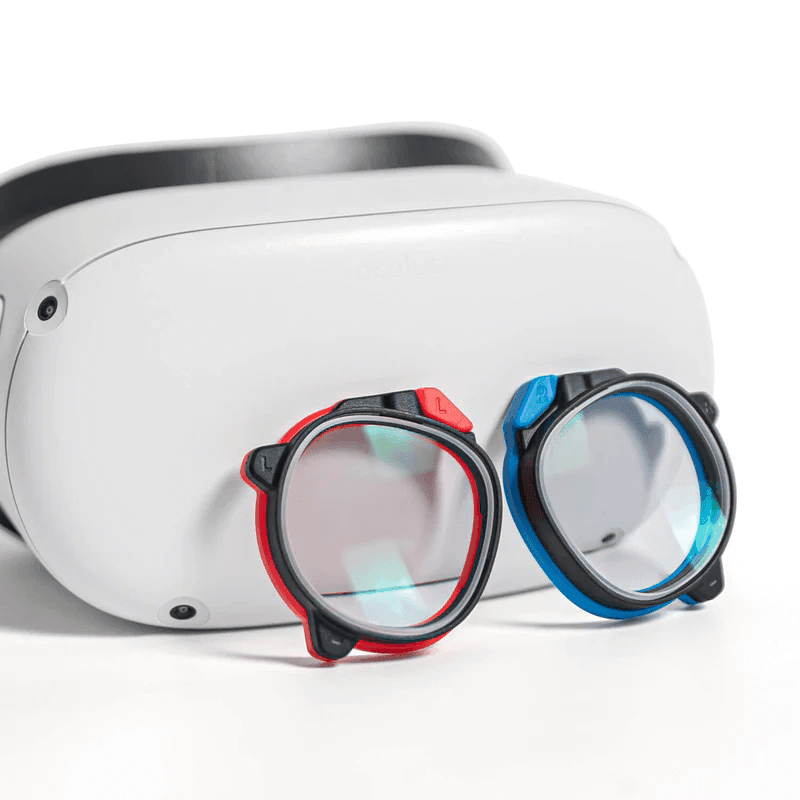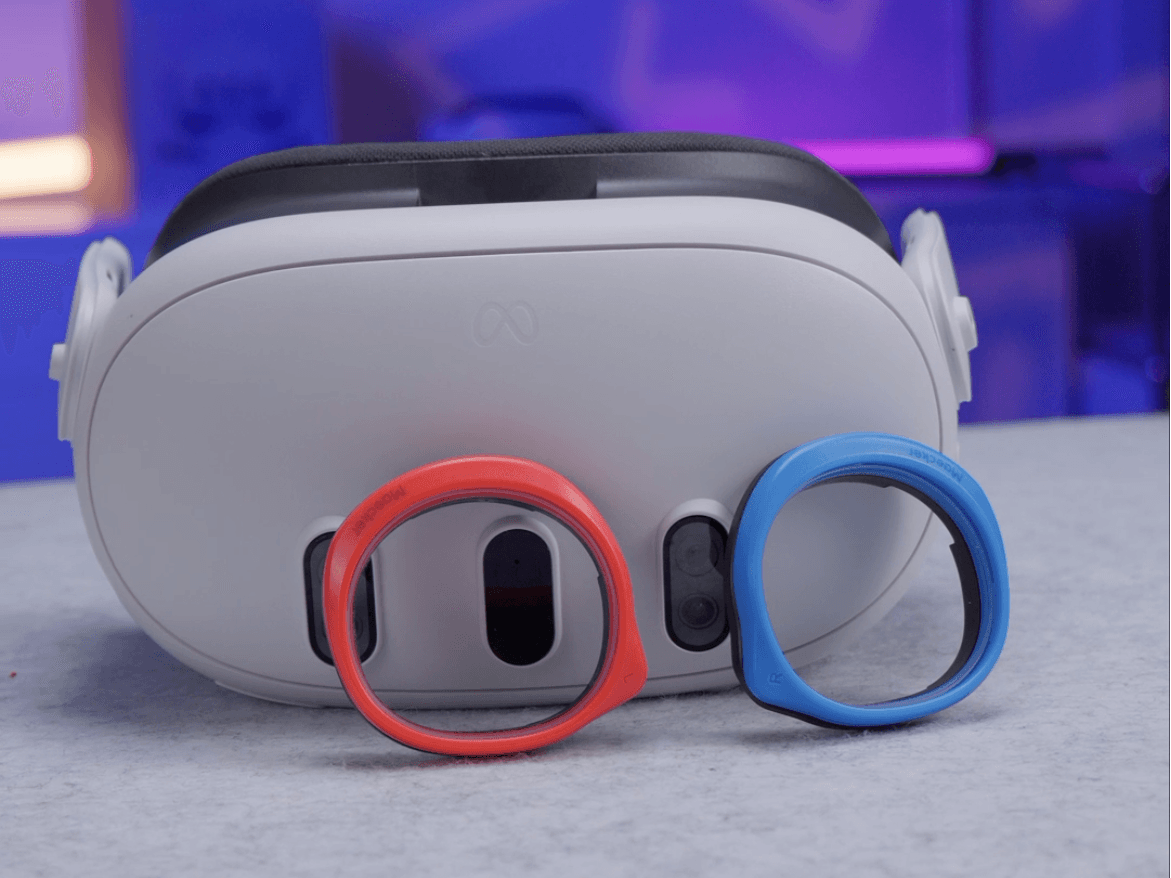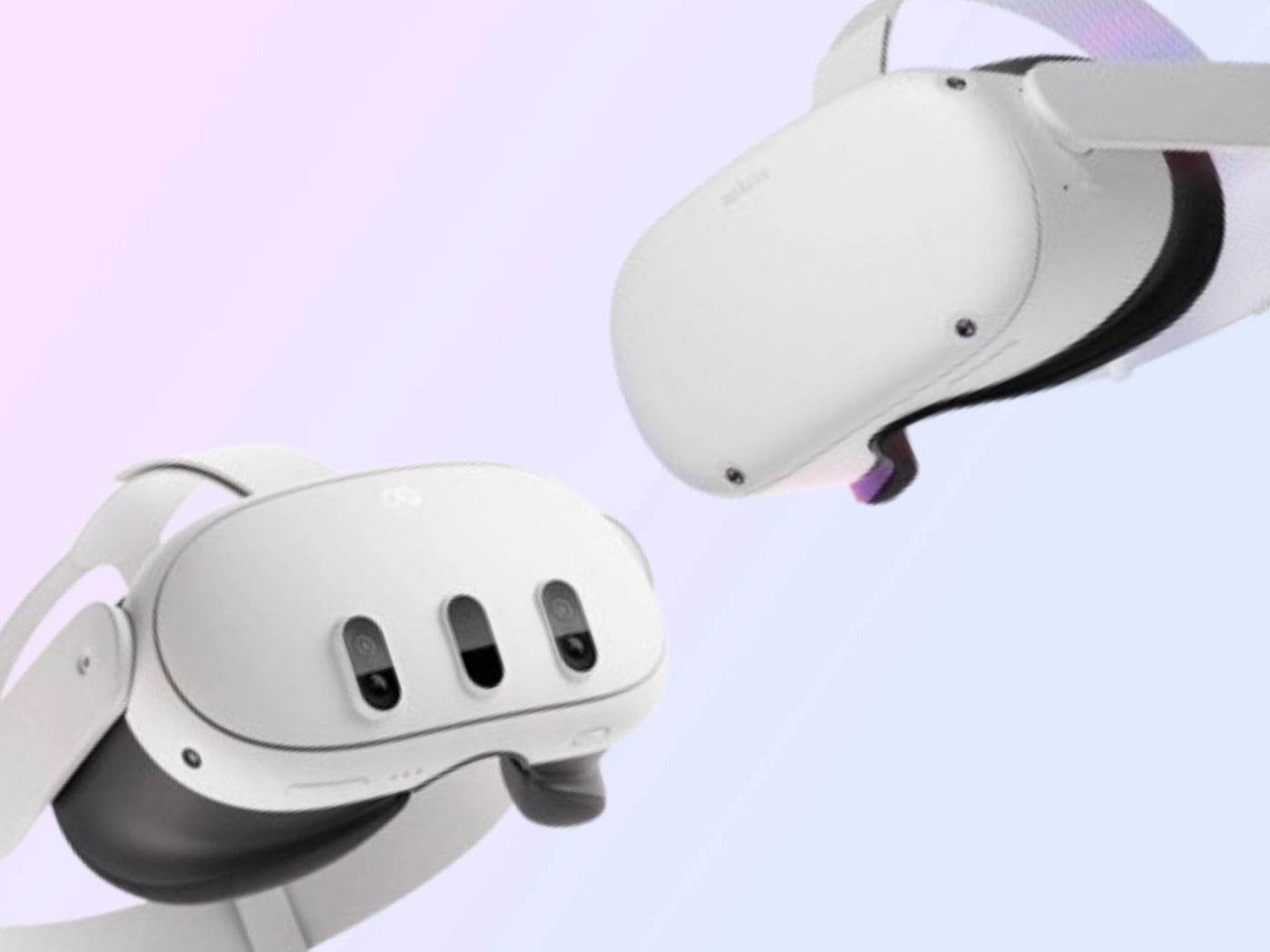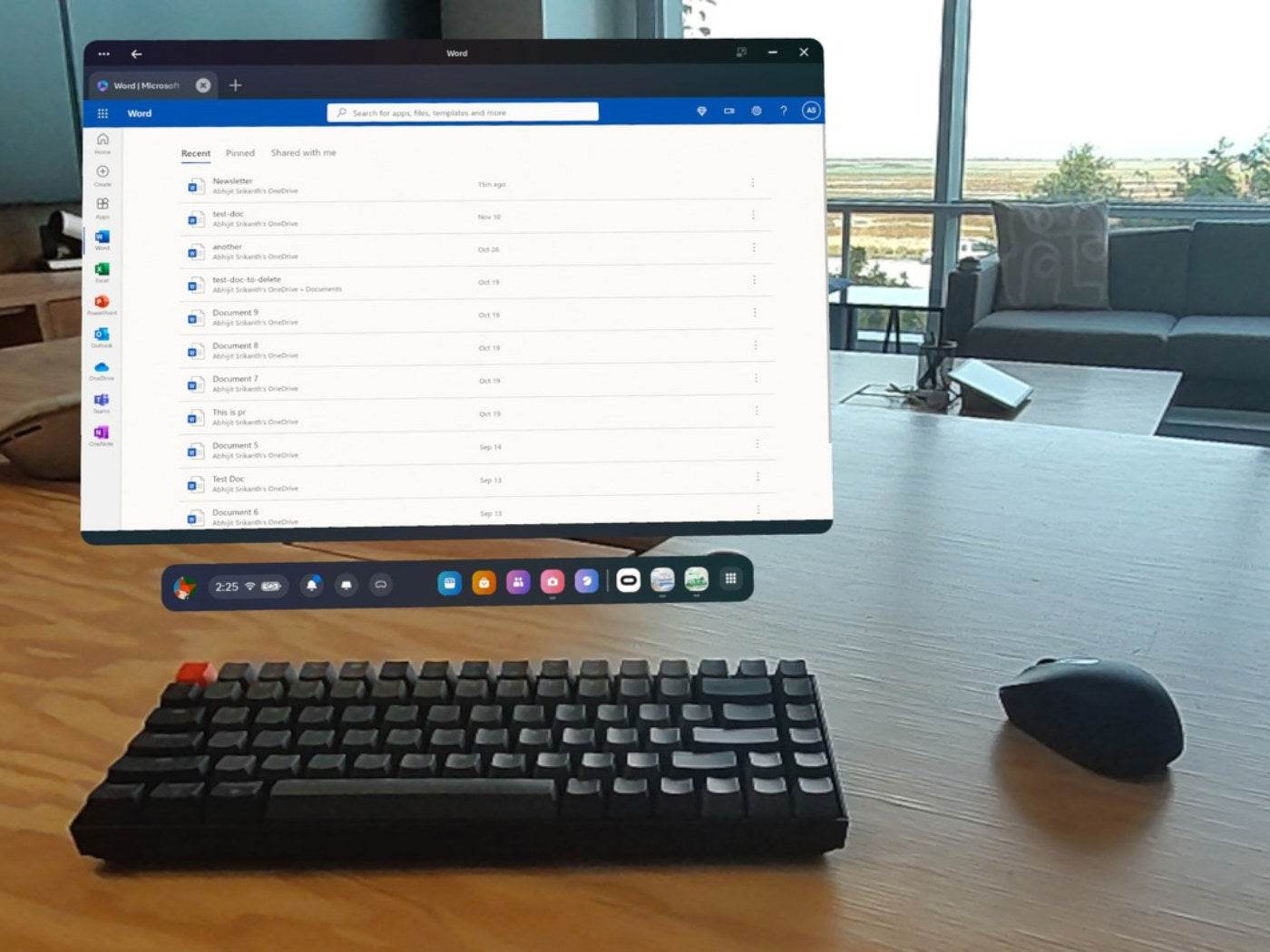Con la creciente popularidad de la realidad virtual para juegos, trabajo y entretenimiento, existe una creciente preocupación por el impacto del uso prolongado de la RV en la salud ocular. Uno de los principales problemas que enfrentan muchos usuarios es la exposición a la luz azul, especialmente porque las gafas de RV se colocan muy cerca de los ojos. Las lentes graduadas para luz azul se comercializan cada vez más como una solución, pero ¿realmente marcan la diferencia?
Este artículo explora qué es la luz azul, su efecto en los ojos durante las sesiones de realidad virtual y cómo pueden ayudar los lentes con filtro de luz azul.
¿Qué es la luz azul?
La luz azul es un tipo de luz visible de alta energía (HEV) emitida por diversas pantallas digitales, como gafas de realidad virtual (VR), teléfonos inteligentes y computadoras. Si bien la luz azul está presente de forma natural en la luz solar y contribuye a regular nuestro ciclo sueño-vigilia, la sobreexposición a las pantallas ha suscitado preocupación.
A diferencia de la luz natural, la luz azul de las pantallas puede causar problemas como fatiga visual digital, dolores de cabeza y trastornos del sueño, especialmente cuando se miran durante períodos prolongados.
En unas gafas de realidad virtual (VR), la pantalla está muy cerca de los ojos, lo que significa que estás expuesto a una luz azul aún más intensa que con las pantallas tradicionales. A medida que la VR se convierte en una actividad más inmersiva y duradera para los usuarios, proteger los ojos de la exposición prolongada cobra mayor importancia.
El impacto de la luz azul en los usuarios de realidad virtual
La tecnología de RV ofrece experiencias inmersivas al colocar las pantallas a escasos milímetros de los ojos. Aunque esto sea divertido y atractivo, también puede provocar problemas como fatiga visual, molestias y dificultad para enfocar tras largas sesiones de RV. Muchos usuarios reportan síntomas similares a la fatiga visual digital, como sequedad ocular, visión borrosa y dolor de cabeza.
La proximidad de la pantalla de RV aumenta la intensidad de la exposición a la luz azul. El exceso de luz azul altera la producción de melatonina, una hormona que regula el sueño. Esto es especialmente relevante para quienes usan la RV hasta altas horas de la noche, ya que puede interferir con sus patrones de sueño y dificultar la relajación.
¿Cómo funcionan los lentes recetados para luz azul?
Las lentes graduadas para luz azul están diseñadas para filtrar parte de la luz azul emitida por los dispositivos digitales, como las gafas de realidad virtual (VR). Estas lentes suelen tener un recubrimiento especial que refleja o absorbe la luz azul antes de que llegue a los ojos.
Al reducir la cantidad de luz azul que ingresa a los ojos, estos lentes tienen como objetivo disminuir la fatiga visual, reducir el resplandor y brindar comodidad general durante el tiempo prolongado frente a la pantalla.
Para los usuarios de VR que ya usan gafas graduadas, se puede integrar un filtro de luz azul en las lentes. Esto ofrece una doble ventaja: una visión más nítida y protección contra la exposición a la luz azul. Muchas de estas lentes también incluyen tratamientos antirreflejos y antideslumbrantes, lo que mejora aún más la experiencia visual durante las sesiones de VR.
Beneficios de las lentes de luz azul en realidad virtual
1. Reducción de la fatiga visual
Una de las principales ventajas de las lentes de luz azul en la realidad virtual es la reducción de la fatiga visual. Con las pantallas tan cerca de los ojos, la fatiga visual puede aumentar rápidamente durante largas sesiones de juego, trabajo o socialización en realidad virtual.
Los lentes con filtro de luz azul reducen la cantidad de luz de alta energía que llega a los ojos, lo que hace que la experiencia sea más cómoda y ayuda a prevenir problemas comunes como sequedad, dolores de cabeza y fatiga ocular.
2. Mejora la calidad del sueño
Para los usuarios que pasan horas en realidad virtual, especialmente a altas horas de la noche, las lentes de luz azul pueden ayudar a proteger su ciclo de sueño. La exposición a la luz azul puede retrasar la liberación de melatonina, lo que dificulta conciliar el sueño.
Las lentes con filtro de luz azul ayudan a reducir el impacto de la realidad virtual en el ritmo natural del sueño, permitiéndote relajarte más fácilmente después de usarla por la noche. Esto es especialmente útil para quienes usan la realidad virtual antes de acostarse o durante períodos prolongados por la noche.
3. Claridad visual mejorada
Si ya necesita lentes graduadas para miopía, astigmatismo u otros problemas de visión, usar lentes graduadas para luz azul en VR puede ofrecerle lo mejor de ambos mundos. Estos lentes no solo corrigen su visión, sino que también ofrecen protección contra la luz azul, haciendo que la experiencia de VR sea visualmente más cómoda y menos propensa a causar fatiga visual.
4. Uso prolongado de VR sin molestias
Para gamers o profesionales que usan VR durante largas sesiones, las lentes de luz azul pueden ayudarles a prolongar su tiempo en VR sin sentir la incomodidad que suele acompañar la exposición prolongada a pantallas digitales. Ya sea para jugar, hacer ejercicio o incluso para reuniones virtuales, podrán concentrarse durante más tiempo y sentirse menos fatigados, lo que les permitirá disfrutar de la experiencia de VR al máximo.
¿Son necesarias las lentes graduadas con protección contra la luz azul para todos?
Si bien las lentes de contacto ofrecen varias ventajas, es posible que no sean esenciales para todos los usuarios de RV. Si solo usa la RV durante periodos cortos o no experimenta molestias oculares significativas, es posible que no las considere necesarias.
Sin embargo, para aquellos que usan VR frecuentemente para jugar o trabajar y son propensos a la fatiga visual digital, estos lentes podrían marcar una diferencia notable en la comodidad general y la salud visual.
También cabe destacar que la sensibilidad individual a la luz azul puede variar. Algunas personas pueden no experimentar tanta incomodidad o fatiga visual por la exposición a la luz azul, mientras que otras son más sensibles y podrían beneficiarse del uso de lentes con filtro de luz azul.
Alternativas a las lentes graduadas con protección contra la luz azul
Si no está listo para invertir en lentes de luz azul, existen otras formas de proteger sus ojos durante las sesiones de realidad virtual:
1. Tome descansos frecuentes
Para minimizar la fatiga visual, prueba la regla 20-20-20: después de cada 20 minutos de uso de RV, tómate un descanso de 20 segundos y mira algo a una distancia mínima de 6 metros. Esta práctica rápida ayuda a aliviar la fatiga ocular y permite que tus ojos descansen brevemente durante sesiones prolongadas de RV.
2. Ajustar el brillo de la pantalla
La mayoría de las gafas de realidad virtual permiten ajustar el brillo de la pantalla. Reducir el brillo puede reducir la exposición a la luz azul, lo que facilita la visión durante largas sesiones de realidad virtual.
3. Utilice filtros de luz azul integrados
Muchos cascos de realidad virtual y otros dispositivos incorporan opciones de filtrado de luz azul, a menudo denominadas "modo nocturno" o "modo confort". Estos ajustes ajustan la calidez de la pantalla, reduciendo la cantidad de luz azul emitida. Si bien no son tan eficaces como las lentes graduadas para luz azul, pueden ayudar a reducir la fatiga visual durante sesiones largas.
Lentes graduadas de realidad virtual recomendadas
Conclusión
Las lentes graduadas para luz azul pueden ser un complemento valioso para los usuarios habituales de RV, especialmente para quienes experimentan fatiga visual, dolores de cabeza o dificultad para dormir tras largas sesiones de RV. Estas lentes ayudan a filtrar la luz azul, reduciendo las molestias oculares y mejorando la comodidad general. Si bien no son necesarias para todos, quienes pasan horas en RV o son sensibles a la luz azul podrían beneficiarse significativamente de su uso.

